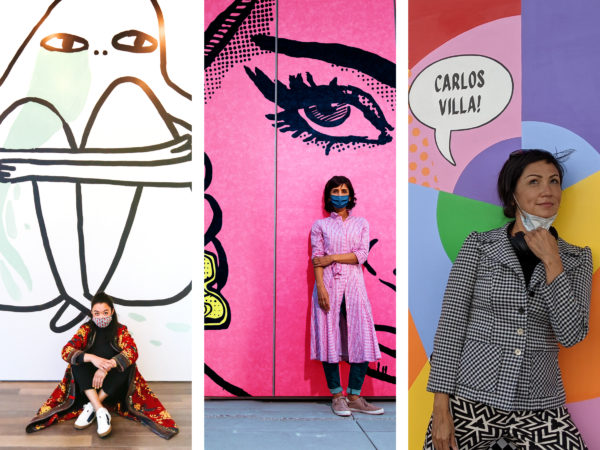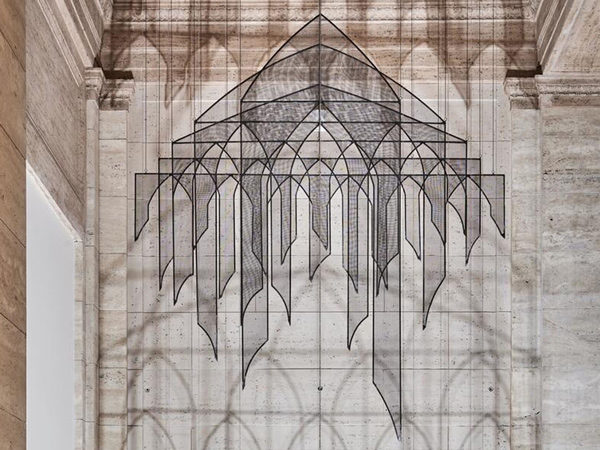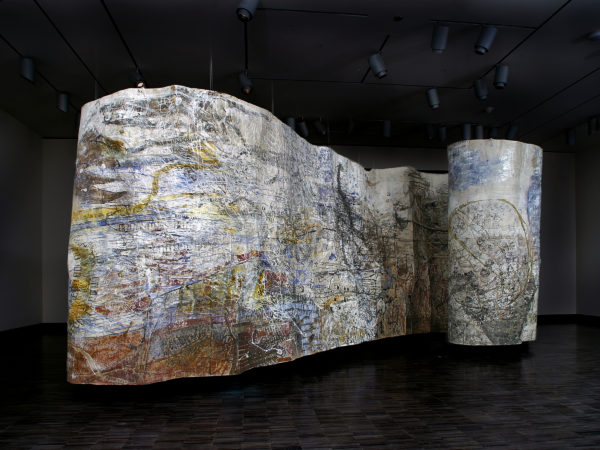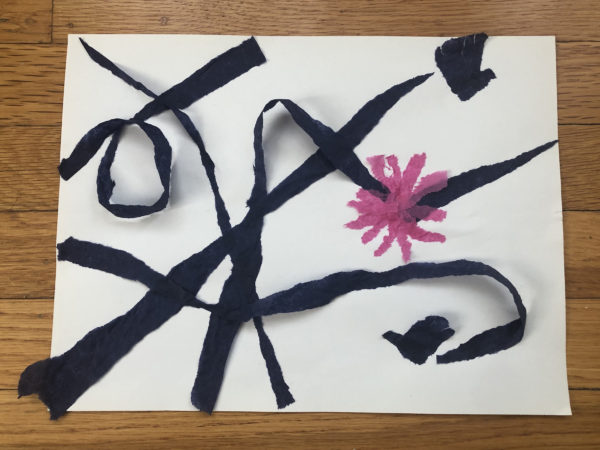Activity
Covered ritual wine vessel (gong), approx. 1050–900 BCE
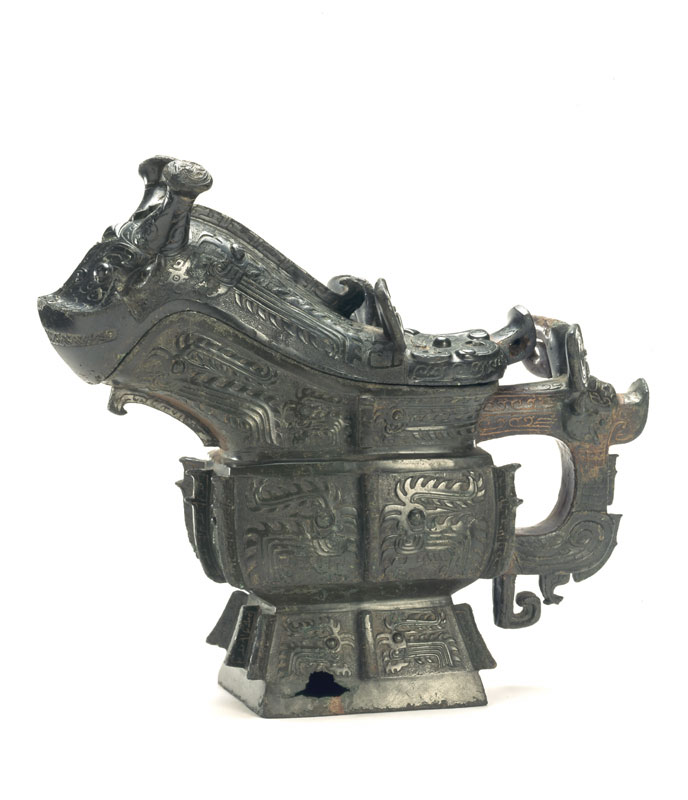
Covered ritual wine vessel (gong)
What is this object?
The gong is a wine vessel used in ritual ceremonies from the late Shang dynasty (approx. 1600–1050 BCE) to the middle of the Western Zhou dynasty (approx. 1050–771 BCE) of China. It is shaped like a gravy boat with a lid and handle, the entire vessel decorated with animal forms.
What was it used for?
The gong has no immediate precedent in the archaeological record. It is found in the late Shang tomb of Fu Hao, but not before. Where other ritual bronze shapes develop from ceramic prototypes, the gong appears to have developed as a unique form in bronze. The curved lid and strong handle suggest a pouring action, so the gong was most likely a wine pourer. An inscription on the inside cover and base reads: “Second son Qi X made for esteemed and accomplished Father ding (this) sacrificial vessel.” (X is an undecipherable character.) Therefore, this gong was used for ancestral offerings.
Who were the Zhou?
The Zhou (pronounced ‘joe’) formed the second major dynasty of ancient China. They emerged as a powerful group from the west during the late Shang dynasty, eventually conquering the Shang and claiming the ‘mandate of heaven’ or rite to rule. For a brief period, during the early Western Zhou, birds became a popular form of decoration. Birds had appeared on Shang bronzes, but became the major decorative motif at the time this vessel was made, complete with long tails and plumes. The profusion of plumed birds on this vessel, therefore, helps to date it to the early Western Zhou dynasty.
What are all the animal forms on this vessel?
Of all the ritual bronze vessel types, the gong contains a multitude of animal forms covering the entire vessel. The vessel can be read from a number of different angles. Aside from the plumed birds already mentioned, there are taotie masks on the front and back. The face on the front of the lid is baring its teeth. Its head is crowned with bottle horns. On the back, another face rises above a bird with spiky projections. Its main feature is two curved horns that resemble flat ears, best seen from the back of the vessel. Kui dragons and leiwen patterns can be found throughout.




